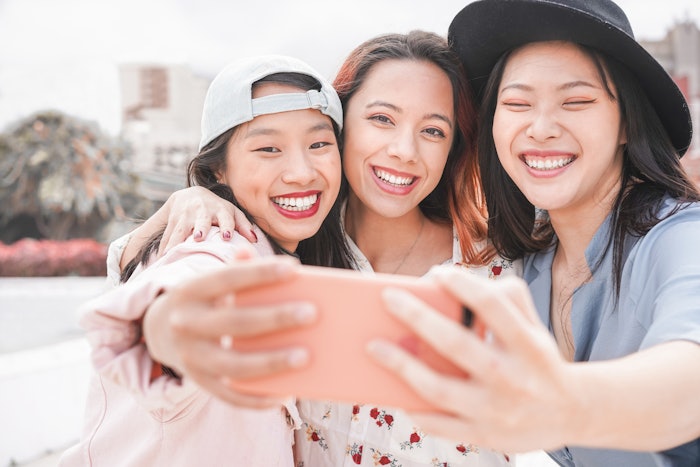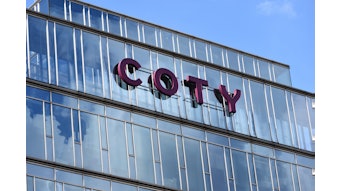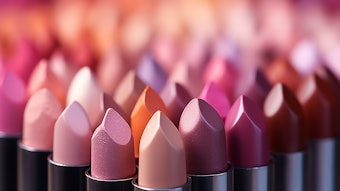
What does it mean to be a beauty industry leader today? It means decisively breaking away from one-size-fits-all approaches and fully understanding the dynamic shifts in consumer behavior. Few trends illustrate this more powerfully than the influence of Asian American, Native Hawaiian, and Pacific Islander (AANHPI) consumers. These engaged, trendsetting audiences are reshaping beauty standards and spending habits globally, and the data proves that brands who fail to acknowledge their impact risk losing relevance.
AANPHI Consumers Set the Tone in Beauty
- Exclusive Spending Power: AANHPI women are 83% more likely to spend over $500 on skin care annually. This purchasing trend is backed further by a 53% higher likelihood of allocating significant budgets to cosmetics and perfumes.
- Digital Leadership: With a notable tendency to download beauty retail apps like Sephora and Ulta more than other demographics, AANHPI shoppers are shaping the future of how beauty is explored and acquired.
- Cultural Integration: Once-niche beauty practices have become household mainstays. For example, Beyoncé's Cécred product line featuring fermented rice water, a centuries-old Asian beauty technique, integrates traditional ingredients with mainstream modernity.
- 59% of AANHPI consumers expect brands to support causes they care about, compared to 51% of the total U.S.
- 70% of AANHPI millennials will stop buying from brands that devalue their community.
- AANHPI podcast listeners recall CPG ads at 80%, higher than the 59% U.S. average.
- Asian Americans aged 50-64 are 8% more likely to heavily rely on the internet for product research.
- Streaming dominates 53% of Asian Americans' TV time (up from 45%), with YouTube accounting for 20%—nearly double the U.S. average.
- AANHPI audiences over-index for Netflix (128) and Amazon (198), platforms featuring the most Asian talent (39.4% and 35.5%).
"AANHPIs are a driving force in the economy, shaping markets as influential consumers and leaders," says Jeremy Tran, executive director and COO of Gold House. "In today's economic climate, their influence is more critical than ever—fueling industries from beauty to sports and beyond. By recognizing and investing in this community, brands and businesses can unlock new opportunities for growth and innovation."










